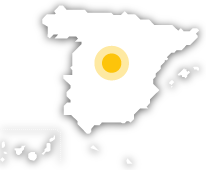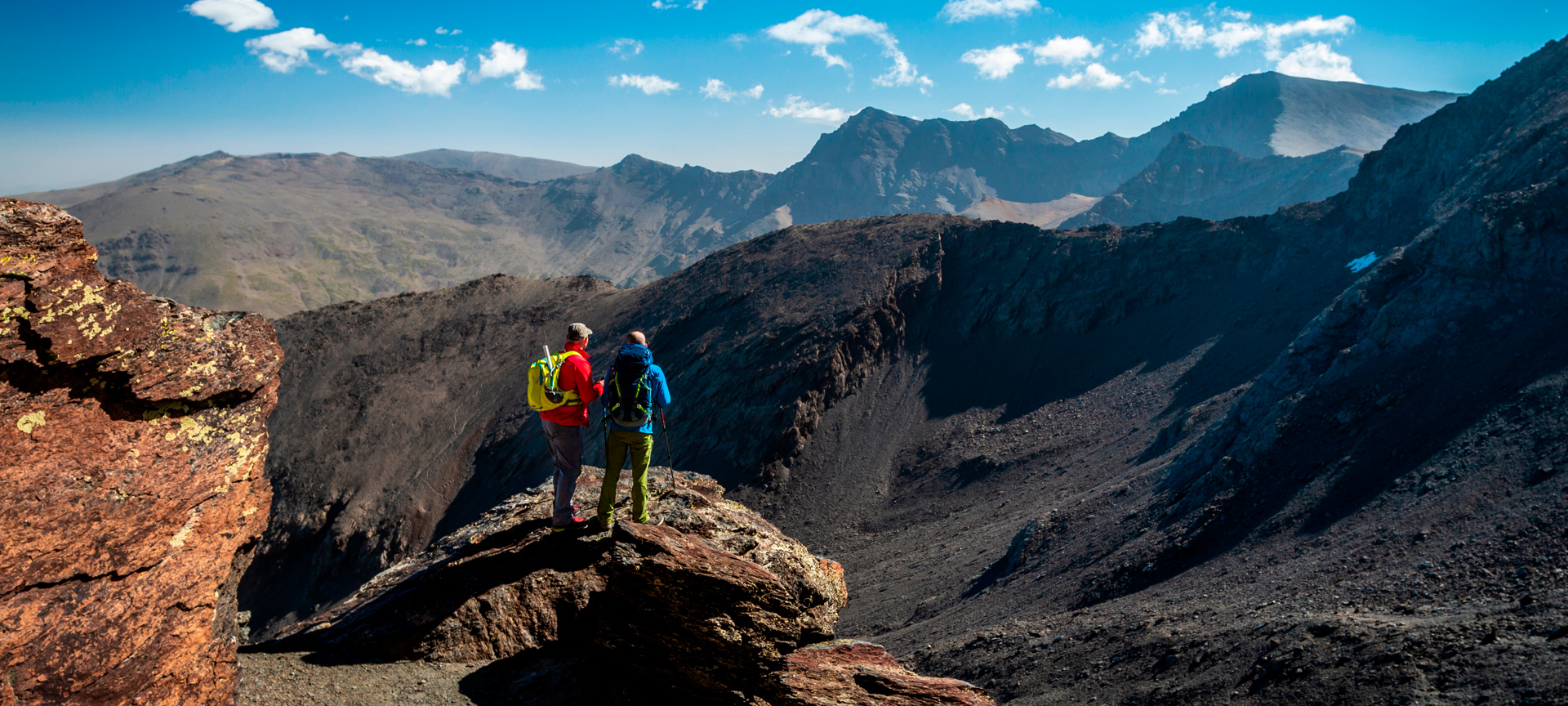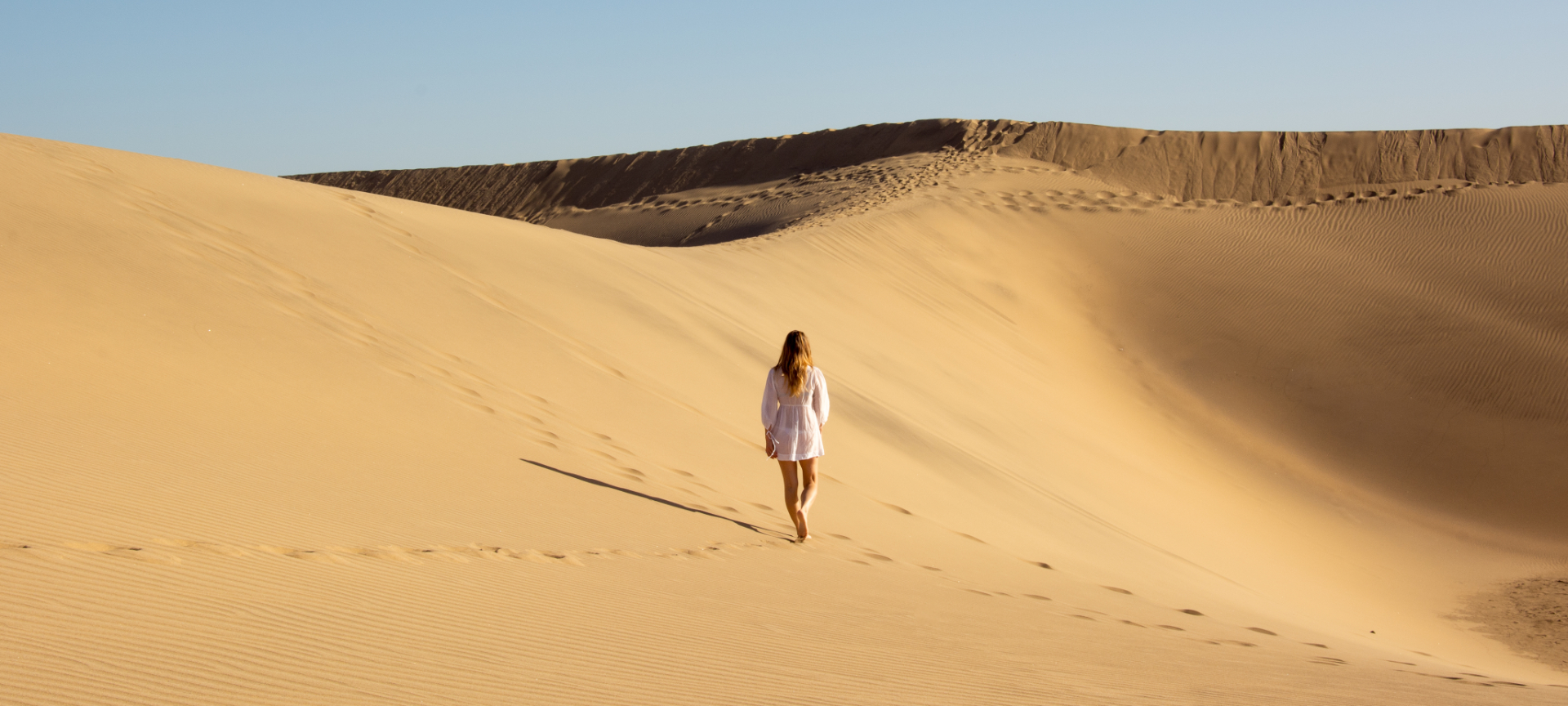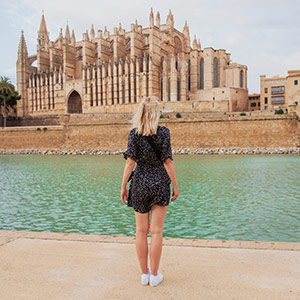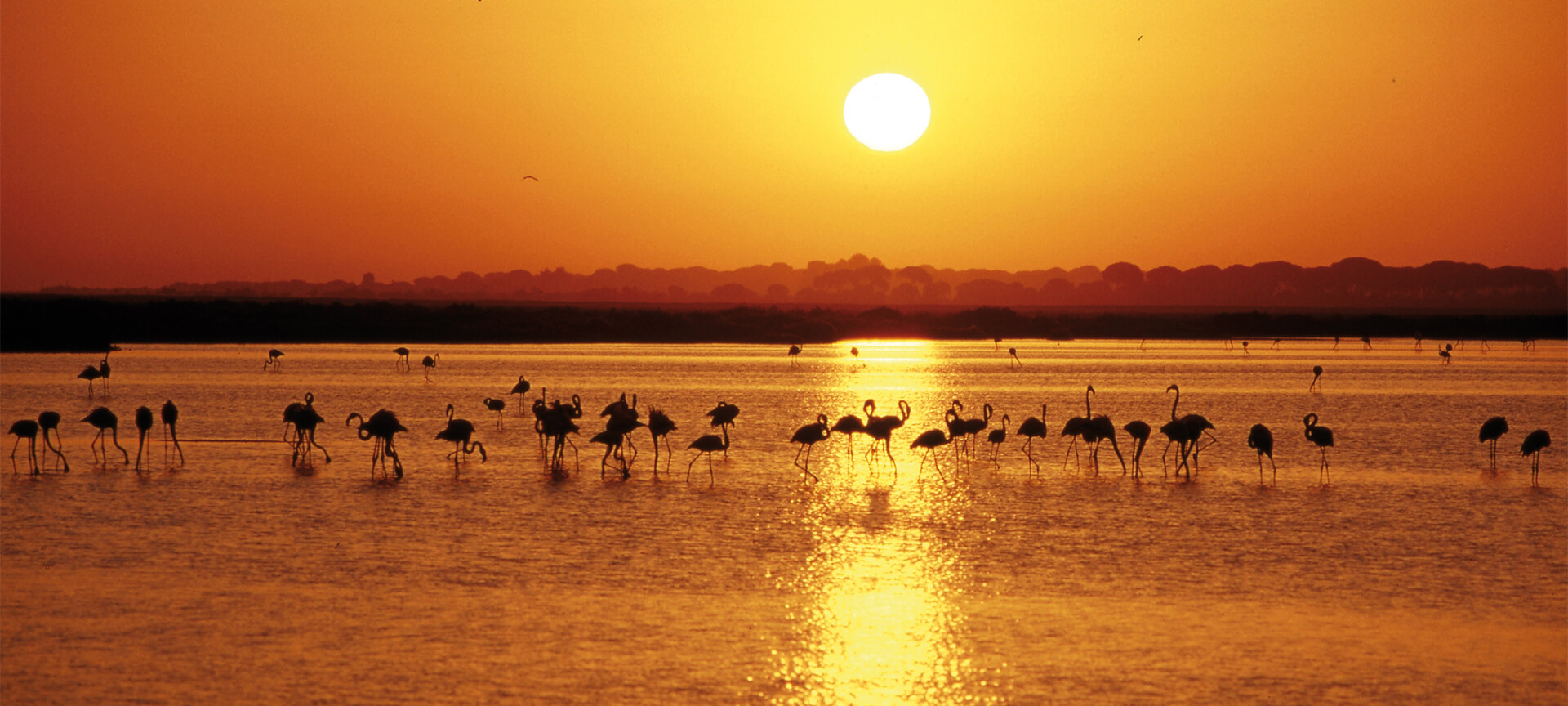
Doñana Natural Park
A haven for biodiversity
Surrounding Doñana National Park like a peripheral protective cushion, the nature reserve with the same name is made up of four separate spaces that, when combined, span more hectares than the national park itself and share a mosaic of similar habitats and importance. Part of this space is made up, like the national park itself, by the great Doñana Biosphere Reserve.
Distributed between the provinces of Huelva, Seville and Cadiz and barely distinguishable from the national park, the nature reserve also plays host to enormous biodiversity in its areas of Mediterranean forest, pastures, fossil dunes, pine forests, marshland, the list goes on. For example, it also part of the Doñana Special Protection Area for Birds (SPA) and is registered in the Ramsar convention on wetlands of international importance.Here, you can catch glimpses of waterfowl, imperial eagles and, with a little bit of luck, the elusive and very rare Iberian lynx, in addition to a variety of other species.
Doñana Natural Park
Huelva (Andalusia)
Seville (Andalusia)
Cadiz (Andalusia)
Cadiz (Andalusia):
- Sanlúcar de Barrameda
- Almonte
- Hinojos
- Lucena del Puerto
- Moguer
- Palos de la Frontera
- Aznalcázar
- Isla Mayor
- Pilas
- Puebla del Río, La
- Villamanrique de la Condesa
Huelva (Andalusia):
Seville (Andalusia):
A 6 km por pista asfaltada desde el centro de visitantes La Rocina (A-483 El Rocío-Matalascañas, km 27,5)
21750 Almonte, Huelva (Andalusia)
Carretera A-483 (km 38,7), desvío a unos 3 km de Matalascañas
21760 Almonte, Huelva (Andalusia)
Cerrado Garrido (Marismas de Aznalcázar)
41849 Aznalcázar, Seville (Andalusia)
Avenida Bajo de Guía, s/n
11540 Sanlúcar de Barrameda, Cadiz (Andalusia)
Carretera A-483 (El Rocío-Matalascañas), km 27,5, a 1 kilómetro de El Rocío
21750 Almonte, Huelva (Andalusia)
Activa JS
What you need to know
-
Cultural information
The relationship between man and nature that, throughout history, has been established between Doñana and its inhabitants, is one of the most interesting elements to learn about on a visit. Within the boundaries of the nature reserve is the town of Moguer, one of the milestones on the Columbian route to Huelva. Moguer is a town that has preserved the purest Andalusian style in its architecture. It is worth visiting the dock-pier on the River Tinto, home to the shipyards where one of the three caravels that participated in the discovery of America was constructed.
-
Environmental information
More than 500 plant and animal species of high ecological value call the area surrounding Doñana home.
-
Information for visits
Find out for yourself at the Visitor Centres.
Travel plans for inspiring you
